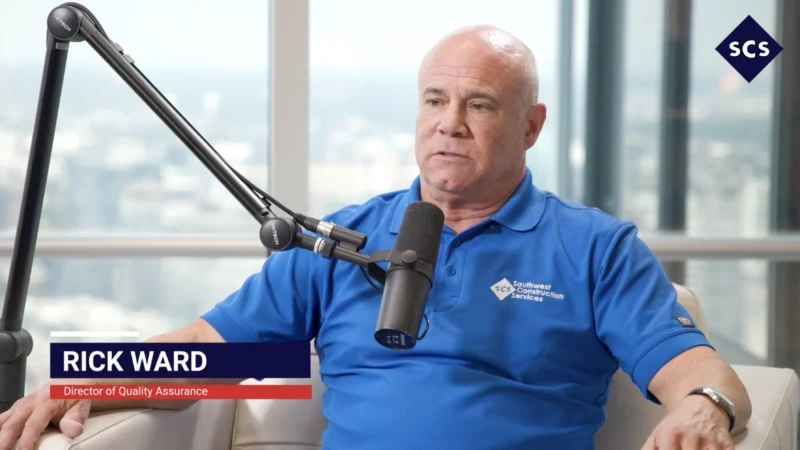Supply Chain Lessons for 2022
The pandemic brought forth many unknowns, and one of the significant areas of challenge and disruption occurred in the manufacturing supply chain.
Ryan Ervin, Vice President of Americas Region Sales and Workholding Product Management at Hardinge, Inc, discussed those challenges, which have bled over well into 2021.
As Hardinge monitored the situation, the company prepared for an upswing in activity as the pandemic subsided.
“When you started looking at commodity prices, we started feeling pressure in the last three-to-four months,” Ervin said.
Demand is the main factor driving those price increases, according to Ervin. “Talking to our supply chain almost weekly now, we see both pricing pressure, as well as deliveries, get pushed out.”
One of the biggest challenges Ervin sees now from a global perspective is workforce.
“A lot of companies decided what the right workforce level was as they got through COVID and what the onboarding was. So, right now, one of the major challenges is how do you get not only raw materials, but how do you get the human capital back into your business to ramp up?,” Ervin said.
Hardinge’s global presence allowed them to chart the pandemic’s progress and its impact on supply as it affected various regions as certain areas began to rebound.
“We had strong fundamentals heading into 2020 from a demand and overall market,” Ervin said. “We thought 2020 would be really strong, and we saw what that rebound was going to look like and planned accordingly to get ready for the ramp. Now, as we’ve gone through a pretty strong 2021 already, we do expect an even larger pickup and step change as we head to the second half of 2021.”
Follow us on social media for the latest updates in B2B!
Twitter – @MarketScale
Facebook – facebook.com/marketscale
LinkedIn – linkedin.com/company/marketscale









